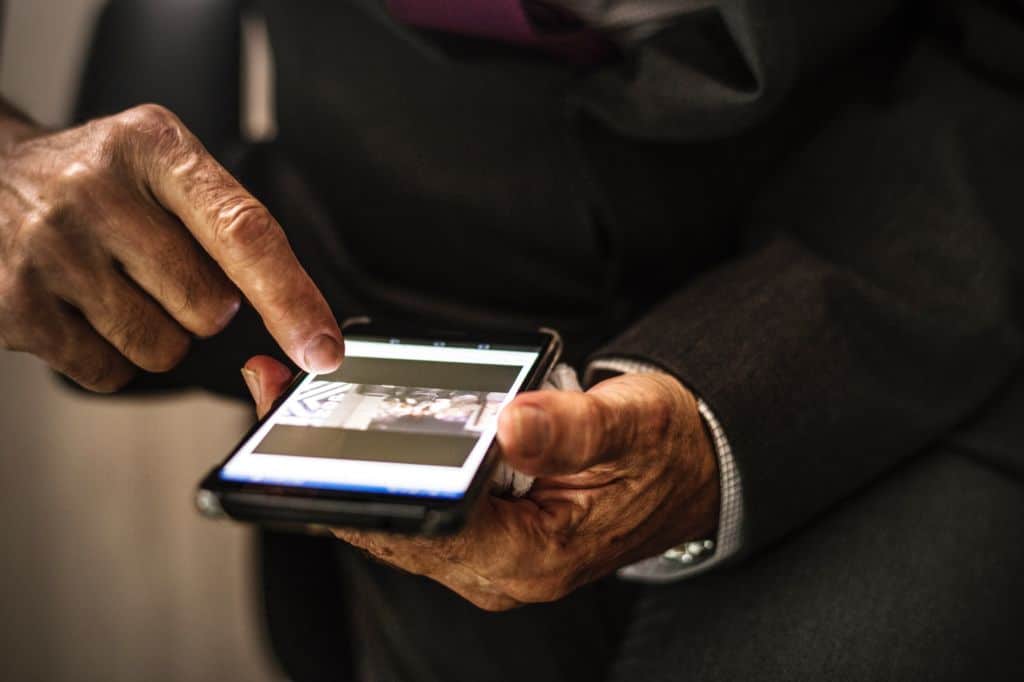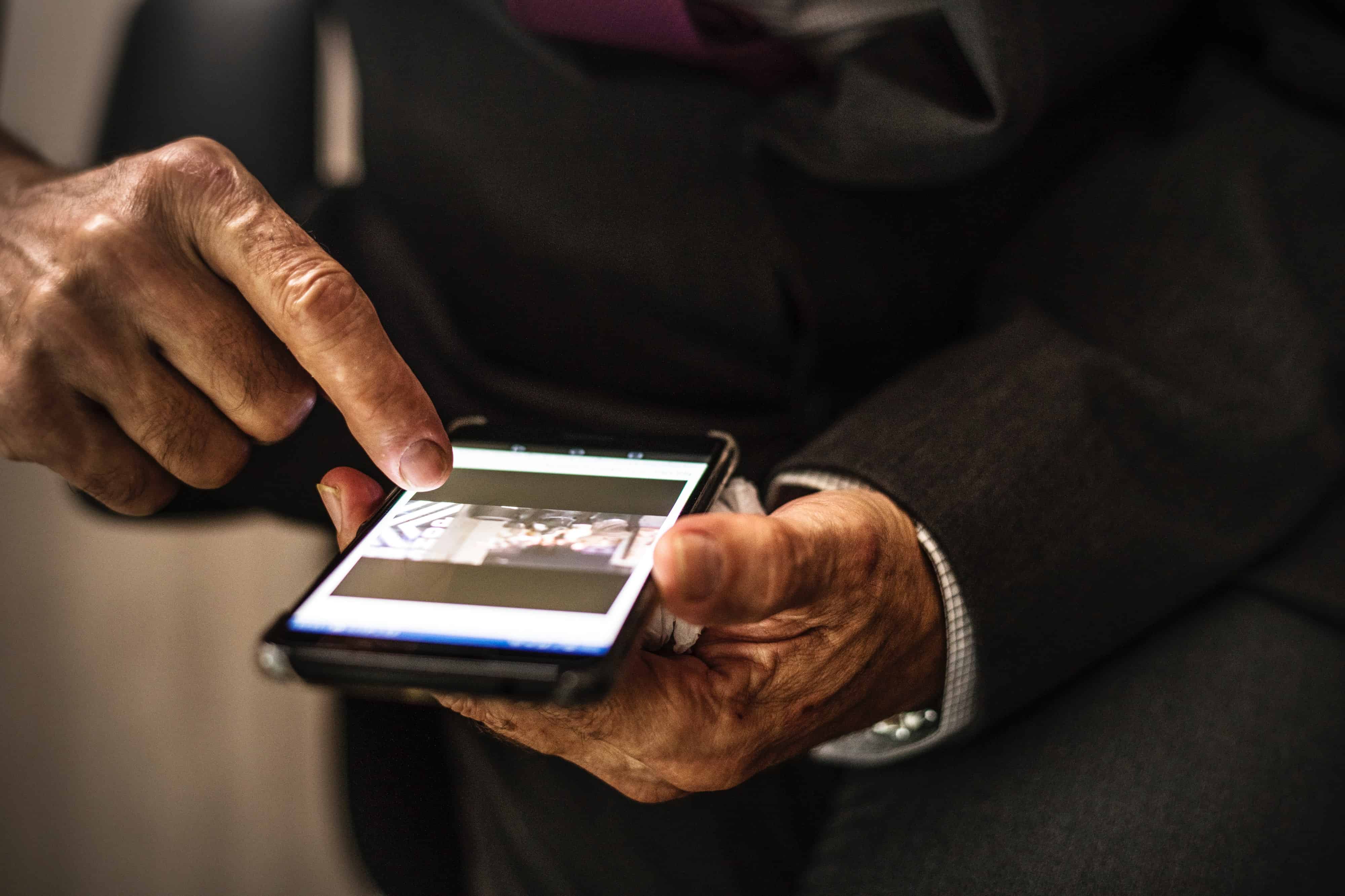
Kids are are still on their enviable, long winter break, and most of them will end up spending some extra time in front of screens.
This raises the question: How much screen time is too much? I cover this topic in the most recent episode of Tech Happy Life on my YouTube channel and will tackle it here for those who prefer the written word. The irony that I blog and have a YouTube channel doesn’t escape me. Just to be clear, I’m not against screens or tech, I just want to promote that elusive healthy balance. So, just where do we need to draw the line? Or do we need to even bother?
Screens offer many benefits, but it’s easy to overdo it
In my previous post, I cover the issue of whether we are making too much of the risks posed by screens.
I believe there are legitimate concerns about how our screens affect us, but the sky isn’t falling. When we use our screens mindfully and strategically, we can get more of its benefits and reduce some of its negatives.
Just How Much Time Are We Spending On Our Screens?
According to the market-research group Nielsen, adults are spending over 11 hours per day interacting with media. That’s up from the average of 9 hours and 32 minutes from four years ago. Of those 11 hours, 4 hours and 46 minutes are spent watching TV.
Teens spend an average of 9 hours per day leisurely interacting with media, according to a report by Common Sense Media. Note that this time does not include screen use for school or homework. The same report found that kids ages 8-12 were spending 6 hours per day interacting with media, while another report by the University of Michigan found that kids ages 2-5 spend around 32 hours per week in front of a screen (e.g., watching TV, videos, gaming).
Limitations of Research
It’s clear that a lot of our time is being spent on screens, yet there are problems with even gathering this data. Most researchers rely on self-reports, which are notoriously unreliable. Just as people have trouble remembering what they had for lunch yesterday and how much food they consumed, estimating media consumption across multiple formats and devices is extremely difficult.
Moreover, in some research, the time spent on media is double counted (or even triple counted), as it is in the Common Sense Media report. That is, if a teen has the TV on while he or she has a smartphone in hand, the screen time is counted twice. While the teen might spend 2 clock hours watching a movie, 4 hours of media time are counted because he or she was interacting periodically with a smartphone while the movie was playing. This can lead to a deceptively high number of total hours spent per day interacting with media.
What’s the Metric?
Another important limitation of the research involves well- or ill-being. How would we even know if too much time is spent on the screen? What would that look like? There would have to be negative effects in some form or another. We would also have to agree upon the metric for well-being. Are we measuring depression, anxiety, stress, happiness, sleep quality/quantity, grades, or satisfaction with friends? Depending upon what metric one is using for the positive or negative outcomes of screen use, we would find different answers for how much screen time is too much.

